News & Views
Art Nexus No. 46 - Dec 2002
Texto: Elena Oliveras
Todo Jardín Centro Cultural Recoleta
Zulema Maza is one of the most creative Argentine artists around today. Emerging from printmaking, field in which she won the Gran Premio Municipal, she later moved on to make installations. Some memorable ones are Finito-Infinito (Finite-Infinite) and Los pescadores (The Fishermen), held at the Museo Nacional de Bellas Artes, Buenos Aires, and Un lugar donde estar, un lugar donde ir (A Place to Be, A Place to Go), held in the Museum Sofía Imber, in Caracas.
The exhibit she just held at the Centro Cultural Recoleta is another proof of her professionalism, which opens itself to the possibilities found in other disciplines. The group of works shown has a deep impact due to the variety of stimuli it proposes the spectator and the non-conventional materials used, giving the exhibit an unitary meaning.
It’s not a feminist exhibit. It’s the exhibit of someone who’s making esthetic proposals around reflections on contemporary women. Clothing, social roles, eroticism, and emotional turbulence are presented in different ways, some more lyrical, others more scenographic.
El desfile (The Parade) presents a series of nine models who confront defiantly the public, as if they were talking about themselves. They are digital photos transferred on to paper through mixed technique. All the figures have a flower, alluding to an interior life that has the possibility of growth going beyond the visible or the place where one puts herself or she is placed by society.
Strewn before the models are black embroidery dresses, as if they were tossed during the fashion show.
There’s another series of digital photographs of prostitutes. On the floor are bodices covered with acrylic and placed over a mirror. The mirror reflects an element pointing at the heart, and there’s an image than could be linked to genitalia. Glued on like a nametag on the acrylic, there’s a toll-free number for phone sex. This allusion linking the heart and genitalia is repeated in almost all the feminine figures.
The Creencias (Beliefs) series shows four female faces. Each one superimposes transparently a cross, a star of David, a moon, and a bandage covering the mouth.
This show is made by a woman who speaks from a sensitive and deep space. It’s an inward gaze, similar to the one found in Sonrisa de una noche de verano (A Midsummer Night’s Smile), where the plaster head of a woman with her eyes closed is listening to her inner world through earphones.
The light box titled Vuelo (Flight) also evokes the possibility of inner expansion. On the bottom of the box there’s a figure with black flowers; above it there empty space. The idea of mourning, provided by the black flowers, is also found in Brisas (Breezes), a series of black fans being waved by white hands.
The show’s central space has been resolved in black and white. Color is found on the outside, on the guides made with ivy leaves accompanying the mannequins dressed with sexy lingerie and dark layers, on in La jaula (The Cage), an enigmatic allusion to a painting by Magritte, where also there’s something held prisoner and something that can take flight.
This conceptual base is made explicit in a pair of works titled El dos (The Two) and El tres (The Three), acknowledgements of multiple roles. In El clon (The Clone), a woman has been serialized, mass-produced as demanded by stereotypes.
Completing the show there’s a 10-minute video in which Marisol, a nine-year old girl of popular origin, talks tirelessly and hurriedly about her reality, the things that happen to her, the limits of her world, and her expectations. The repeated phrase marking her discourse is, Pero yo no quise, Pero yo no quise (But I didn’t want to, But I didn’t want to). She closes her dream of being a model or a singer with a powerful ¡Qué le va a hacer, la vida es así! (What are you going to do about it? Such is life!), showing the other side of the coin.
All of Zulema Maza’s work is a call for attention regarding human beings and their integrity. It’s always searching for a meaning to unmask and destroy simulacra in order to reflect and demand a higher degree of humanity.
In this show, the artist inquires into contemporary Eve on a wavelength where the extremes of women as the devil’s door or as a goddess have diluted, and both her presumed malefic perversion and her divinized and unrealistic figure are redeemed.
There’s something morbid and lyric in the way some roles of female eroticism are reviewed in today’s world. There’s the version that the media frequently has schematized, falsified, or emptied the female figure. Isn’t it true that the calculated spectacle and the reiteration of exhibitionism don’t turn the power of Eros into something banal, instead turning its biological force into something artificial but above all, manipulable? The exhibit’s title, Todo jardín (reverdecerá) (All Gardens [Will be Green Again]) indicates a gaze that goes beyond appearance. Is it also a hope, a promise for the future?
Elena Oliveras,
Critica de Arte
Buenos Aires
miércoles, 3 de octubre de 2007
Suscribirse a:
Enviar comentarios (Atom)
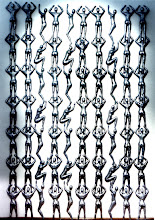
+Resina,+Plastico,+ventilador+2002.jpg)
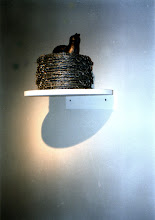
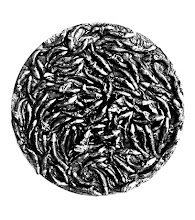
.+Resina,+madera.+1995.jpg)
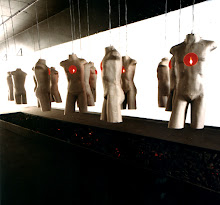
+Resina,+poliester+metal+1995.jpg)
.+1994.jpg)
.+Maiz,+plumas,+video+1993.jpg)
1996.jpg)
+1996.jpg)
.+Resina+poliester,+video.+1994.jpg)
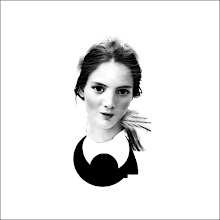
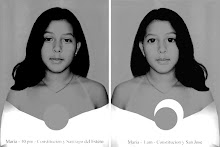
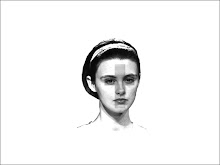
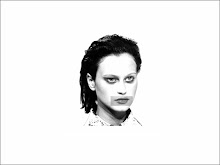
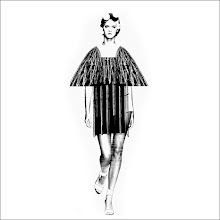

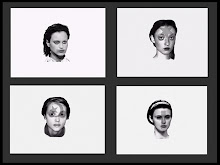

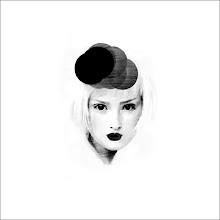
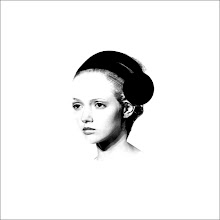
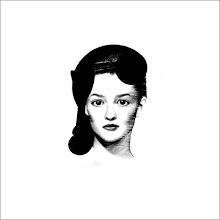
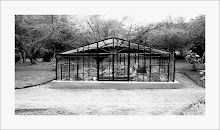
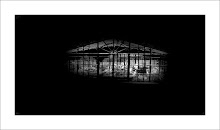
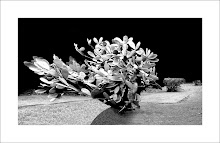


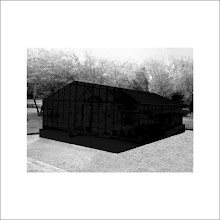
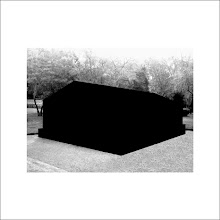
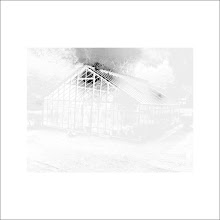
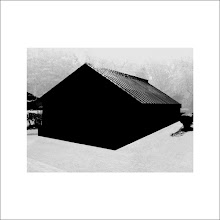

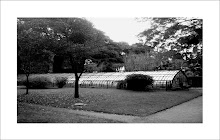

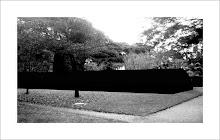




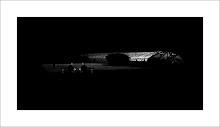

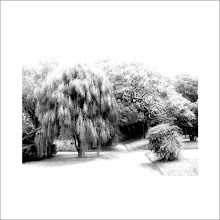


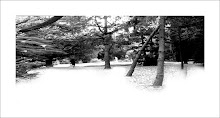
No hay comentarios:
Publicar un comentario